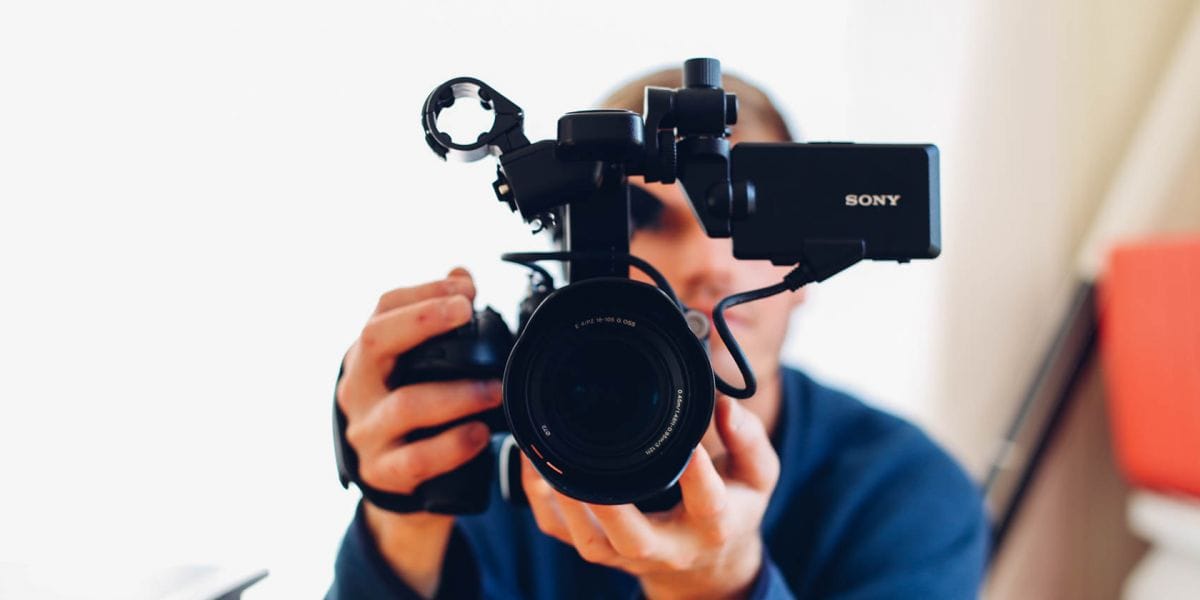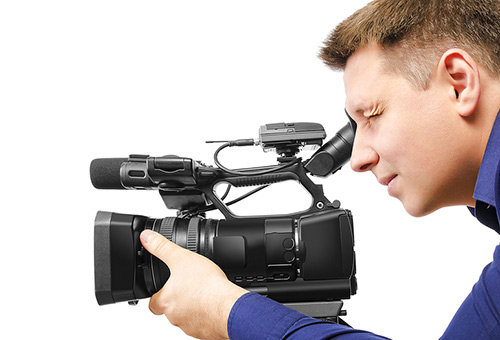The Role of Legal Videography in Protecting Legal Evidence
The Role of Legal Videography in Protecting Legal Evidence
Blog Article
Why Lawful Videography Is Essential for Accurate Court Recordings
The duty of legal videography in courtroom setups can not be overstated, as it works as a crucial tool for protecting the stability of court documents. By catching both spoken and non-verbal interaction, it enhances the clearness of witness statements and mirrors the subtleties of court room communications. This detailed paperwork not only aids in lowering possible misunderstandings however additionally supports appellate testimonials, therefore strengthening the judicial process. The effects of integrating lawful videography into common court practices raise essential concerns concerning its broader influence on the lawful system. What might these implications entail?
Value of Visual Proof
In the world of legal process, the importance of aesthetic evidence can not be overstated. Aesthetic evidence offers as an effective device in developing realities, supporting statements, and enhancing the total clearness of a situation. This kind of evidence, which consists of pictures, videos, and diagrams, can supply a substantial context that verbal summaries commonly lack, thus using juries and judges a more clear understanding of the scenarios surrounding an instance.
Additionally, visual evidence help in the retention of information. Human cognition is inherently aesthetic, and people are more probable to keep in mind and comprehend details presented in an aesthetic format. In the court room, this can be crucial, as compelling aesthetic evidence can guide point of views and strengthen the narrative presented by lawful reps.
In addition, making use of visual evidence can minimize misunderstandings and ambiguities that usually occur from spoken exchanges. By giving a straight representation of events, visual proof assists to eliminate subjective analyses and promotes a much more unbiased evaluation of the truths. As a result, the combination of aesthetic proof right into legal process not just reinforces the stability of the judicial procedure but likewise improves the likelihood of accomplishing a just end result.
Capturing Non-Verbal Cues
Using sophisticated videography methods can considerably boost the capture of non-verbal cues during lawful procedures. Non-verbal interaction, consisting of faces, body language, and eye get in touch with, plays an important duty in communicating feelings and purposes that might not be explicitly mentioned in verbal statement. legal videography. Legal videography uses high-def video cameras and calculated angles to make sure that these subtle signs are tape-recorded with quality and precision
The capacity to assess non-verbal habits can give useful context to statements made throughout court sessions. For example, a witness's reluctance or confidence can be analyzed with their position or motions, possibly influencing the court's perception of reliability. In addition, using close-up shots can assist concentrate on a speaker's expressions, permitting an extra nuanced understanding of the testimony.
Furthermore, incorporating multiple cam angles can develop a thorough view of interactions, highlighting dynamics in between parties entailed. This diverse technique not only improves the precision of the court record yet additionally aids in preserving the honesty of the judicial procedure - legal videography. Ultimately, catching non-verbal signs through lawful videography fosters a richer, more complete representation of courtroom proceedings

Enhancing Testament Dependability
The reliability of statement can be dramatically boosted through the use of top notch legal videography. Video clip recordings act as an unbiased tool that captures not only the spoken words of witnesses but additionally the nuances of their distribution, including tone, pacing, and psychological expressiveness. This diverse documents supplies a clearer understanding of the witness's trustworthiness and objectives, which can be critical in lawful procedures.
In addition, legal videography lessens the potential for misconceptions that may arise from composed records alone. When jurors can observe a witness's attitude and body language along with their statement, they are better outfitted to examine the credibility and reliability of the evidence offered. This visual context can strengthen the testimonial narrative, making it a lot more compelling and reliable.
Additionally, the visibility of a video clip recording can hinder possible disparities in testimony. Witnesses may be much more mindful in their statements when they know they are being recorded, causing more exact and truthful accounts. In general, high-grade legal videography boosts the honesty of testimony, guaranteeing that the court has access to a full and truthful representation of the realities as communicated by the witnesses.
Sustaining Appeals and Reviews
Lawful videography plays a crucial function in get more supporting charms and testimonials by providing an extensive aesthetic document of courtroom procedures. This aesthetic paperwork records not just the talked words of witnesses and attorneys but additionally the nuances of body language, tone of voice, and court room characteristics. Such elements can be critical in understanding the context of testaments and disagreements provided.
In the appellate process, where the emphasis gets on errors of legislation and step-by-step justness, a video clip record can work as an important tool for appellate courts. It enables judges to evaluate the original trial context, making certain that decisions are based upon a total understanding of the procedures. The ability to visually analyze the attitude of witnesses or the interactions in between celebrations can disclose understandings that created transcripts might ignore.

Furthermore, legal videography can help in making clear uncertainties in Click Here statements or procedural rulings, consequently strengthening the basis for a charm. By providing a reputable, objective account of what transpired in court, lawful videography not only supports the stability of the lawful procedure yet also encourages all parties included to make informed choices regarding their situations.
Improving Courtroom Processes
Enhancing courtroom efficiency, legal videography enhances processes by offering immediate access to visual documents of process. This modern technology enables courts, lawyers, and juries to take another look at essential testimony and evidence, guaranteeing that all celebrations have a clear understanding of the situation. By catching the subtleties of verbal and non-verbal communication, videography enhances the record, making it much easier to realize the context and weight of testaments.

In addition, video clip recordings can assist in remote participation in hearings, enabling higher flexibility in organizing and engagement, which is especially valuable in intricate situations involving numerous stakeholders.
Conclusion
In verdict, lawful videography plays a crucial function in ensuring accurate court recordings by offering crucial aesthetic evidence that catches both verbal and non-verbal interaction. This method improves the reliability of testaments, supports appellate testimonials, and simplifies courtroom processes. By fostering a thorough understanding of courtroom dynamics, legal videography inevitably adds to more fair judicial results, strengthening the honesty of the legal system and helping with notified decision-making.
Report this page